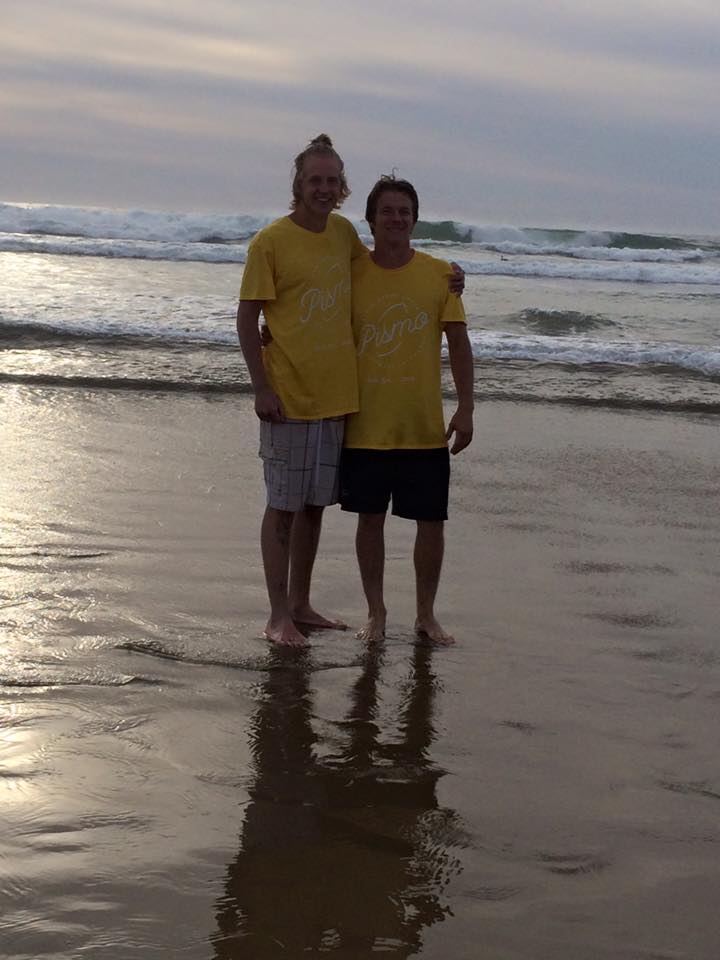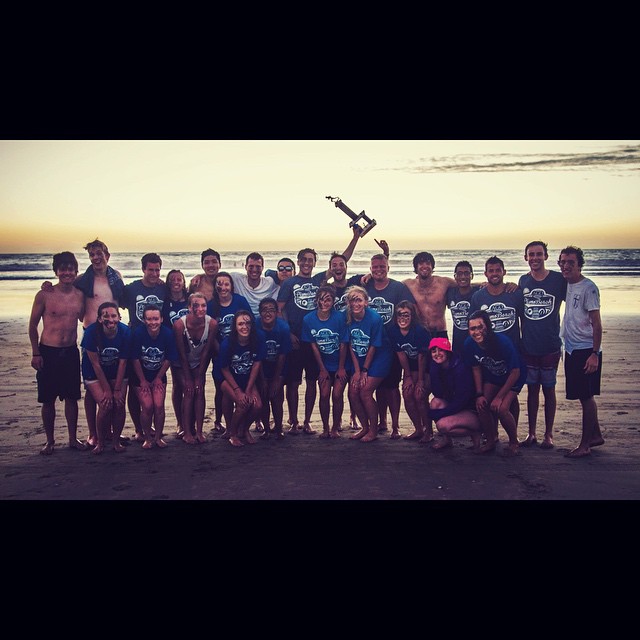Watching Sunrise:





Part 2:
The aspects of this experience that could not be quantified are many. The general mood of accomplishment a person feels when reaching the “top” of something couldn’t be quantified; relatively, it was a peak, but the hiker reached several such relative peaks on the way to this one without any thought of accomplishment. Which lead to the fact that the hiker reached his goal upon sitting down to watch the sunrise at the top of the hike. The increasing light made his steps more sure, and gradually reduced his fear of wild animals (which was a somewhat unfounded fear, but real to him nonetheless). So, upon sitting to watch the sunrise, his mind felt more peace; there was also an anticipation of this sunrise, knowing what it would probably look like but also aware that every sunrise is different. The thoughts that crossed his mind as the sun came up went from anticipation to wonder to contentment, once the experience was nearly finished and it was clear that the ‘moment’ had passed.
“George claimed that due to the history of composition studies, we have limited the possibilities for the visual in the teaching of writing, due to the filed of composition’s traditional ties to the written world” (Knight). In this passage, Knight begins to argue for the inclusion of more visual material in the classroom, due to the present generation’s heavy ties to and dependence on visual screens primarily. This relates to the experience of the hiker because in his mind, there is a big difference between what a picture can tell of a sunset, and what seeing one over time is like. With the hiker were two people, one of whom was taking pictures as the sun came up. Likely these photos will end up on a social media site, but looking at photos on a screen will not fully convey the experience of the sunset. Even combining the data information above with the pictures taken by the girl could not account for many things that the hiker was experiencing; namely, the associations he made with the past and memories of previous hikes, his hunger and how that distracted him from the sunset, or the guilt he felt at being distracted from the sunset by hunger. With a silent hiker, sitting watching the sunset, such unsaid thoughts or feelings could not be quantified or even identified, although perhaps they had a larger weight on his experience than did the sensory input of the light from the sun itself.









